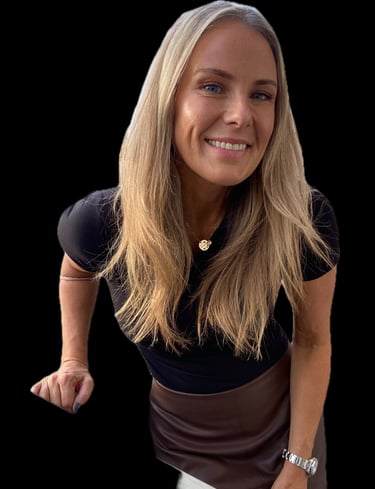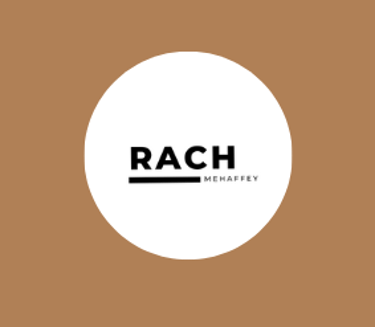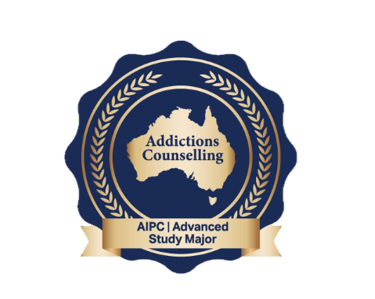Decision-Making Tools That Help You Untangle Life’s Toughest Choices
COUNSELLINGMINDSET
Written by Rachel Mehaffey
When Decisions Keep You Awake at Night: How Counselling Tools Can Help You Find Clarity
The Loop We All Know Too Well
Let me set the scene, because it's one I've been in sooo many times before.
It’s been months now.
You’ve had the conversation with yourself a hundred times, in a hundred different ways.
One day, you’re sure. It is just not working; you're not growing anymore. It is time to end the relationship. The next, you catch a glimpse of the good times, the familiar routines, and the history, and you pull back.
At night, you lie in the dark and run the scenarios like movie reels.
If you stay, what will it cost you?
If you go, what will it break?
You make a mental list of pros and cons, but it doesn’t help. The same items slide back and forth between the two columns depending on your mood, your fears, or what happened that day.
You ask friends for advice.
One says “Life’s too short; just go.”
Another says, “Don’t make a decision you can’t undo.”
And there you are—back where you started.
It’s not that you can’t decide. It’s that the decision is tangled with emotions, history, identity, and all the what-ifs you can’t quite untangle.
And here’s the thing—this isn’t just about relationships.
We all have decisions that loop like this: career moves, big purchases, health changes, moving cities, and starting or ending something important.
We like to think we’ve got decision-making figured out.
We gather the facts, weigh the pros and cons, pick the best path… and move on.
Except… sometimes it doesn’t go like that.
Why Counselling Uses Decision-Making Tools
In counselling, the goal isn’t to magically find “the right answer” for you.
It’s to slow things down, untangle the noise, and explore a decision from multiple angles so you can feel confident in whichever path you take.
Think of decision-making tools like different types of maps.
Each one can guide you to a destination — but they show the journey in different ways. One might highlight the safest route. Another might show shortcuts. Another might open your eyes to roads you didn’t even know existed.
The point isn’t that one is better than the others. The point is that they help you work through a problem differently — so you can see it more clearly.
Here are three of the most common tools used in counselling and coaching:
The 7-Step Decision-Making Model
This is the classic “step-by-step” method — clear, structured, and thorough. Perfect for decisions where you want to feel certain you’ve covered all the bases.
Identify the decision – Pin down exactly what choice you’re making. Sometimes the real decision is hidden beneath the obvious one.
Gather relevant information – Not just facts, but values, personal priorities, and emotional context.
Identify alternatives – Brainstorm every possible option, even the unlikely ones.
Weigh the evidence – Compare each option to your priorities and likely outcomes.
Choose among alternatives – Make the choice that feels best right now (perfection isn’t possible).
Take action – Follow through.
Review your decision – Reflect on what worked, what didn’t, and what you learned.
The Z-Model
Sometimes we get stuck because we see a decision from only one perspective — for example, all emotion and no logic, or all logic and no heart.
The Z-Model takes you through four different viewpoints before you decide:
Sensing (Facts): What do I know for certain? What are the concrete details?
Intuition (Possibilities): What patterns or future possibilities can I see?
Thinking (Logic): What makes the most sense logically? What are the pros and cons?
Feeling (Values): How will this decision affect people, including me? Does it align with my values?
By moving through each lens, you notice blind spots and make a more balanced choice.
The Four-Option Model
This one’s simple but powerful—especially when you feel like you “have no choice.” It shows that you always have options:
Do nothing— Stay as you are and accept the current situation.
Change yourself – Adjust your own behaviour, mindset, or approach.
Change the situation – Alter the external circumstances.
Leave the situation – Remove yourself entirely.
It’s not about picking the perfect path—it’s about realising there is more than one path. That alone can be freeing.
A Different Lens Can Change Everything
Sometimes, when you’re stuck in a decision loop, it’s not that you’re incapable of choosing—it’s that you’re looking at the choice in the same way, over and over. That’s where these frameworks can quietly change the game.
By walking through a structured process, you shift your focus. You start seeing details you missed, possibilities you hadn’t considered, or truths you’ve been avoiding.
And once you see differently, you often decide differently.
That’s why I have such a soft spot for the Four-Option Model used in ACT therapy. It’s brutally honest in its simplicity: do nothing, change yourself, change the situation, or leave the situation.
It doesn’t dress up the reality—it lays it bare. And in that clarity, there’s something freeing. You stop waiting for the perfect option and start asking, Which of these can I live with right now?
Because sometimes, making peace with a decision isn’t about finding “the best” choice. It’s about finding the choice you can commit to—fully and with open eyes.
And when you can look at it that way, even the hardest decisions can start to feel just a little lighter.
Rach xx


I'm Rachel
A certified counsellor and life coach!
As a counsellor & reformer Pilates instructor, I work daily with women on their minds and bodies. I know from personal experience we are not alone in our struggles. There are common grounds, shared experiences, and definitely a way to move forward.
Enjoy the blog; I've designed it to be relatable.


Let's Connect
Instagram let's me inspire daily while LinkedIn helps me teach!
Just a single Mumma from Adelaide who cares how you live your life.
Let's connect & inspire each other.








